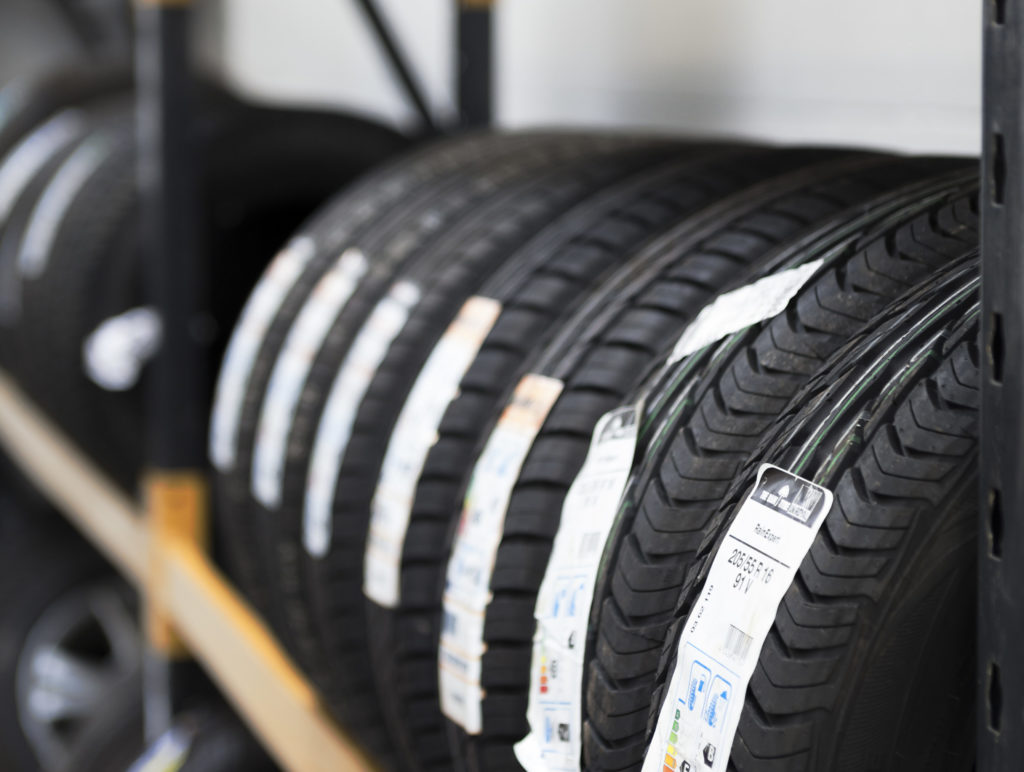When the rubber hits the road
Some would argue tyres are the most important factor in your car’s safety – after all they’re the only part that’s in contact with the road. I can think of some other things that are pretty vital, but I take their point – the wrong tyres can really affect how safe you are.
So, what do you need to know?
There are some common questions that our customers ask when it comes to buying tyres, so we thought we’d put some of our advice together and give you a little summary.
What’s your tyre size?
This combination of letters and numbers can be found on the side of your tyres and is specified by the car manufacturer to suit each model of vehicle. It’s important that you have the correct size fitted. It’s not always necessary to go crawling about around your vehicle to find out though – our handy online tyre pricing tool can look up your tyre size from your registration number.
A typical tyre size might look something like this: 205/55R16 97Y
I won’t bore you with the details of what means what*, but suffice to say tyres are specific and you need the right size for your vehicle.

Budget or branded?
Is there really a difference? In a word, yes.
Although all tyres must meet certain safety requirements, generally you get what you pay for. Branded tyres tend to outlast budgets, so you won’t need to change them as often. They also out-perform them in tests of grip, noise, and fuel efficiency. While the latter of these three is possibly negligible, the grip is obviously significant for safety and the noise can affect your driving experience. So, it’s a matter of personal choice. Budget tyres meet all the safety requirements but there are benefits to splashing out on the branded tyres too.
Winter tyres
These have increased in popularity over recent years, and rightly so. Manufacturers state that these perform better than normal tyres if the temperature is 7⁰C or below. A combination of a softer compound and different tread pattern make them grip more effectively in cold, icy, or snowy conditions. Personal experience has certainly converted me to the benefits of these – when you use a rear-wheel drive BMW it’s the difference between being able to get off a snow-covered drive or having to walk instead! Don’t forget to switch back in the spring though, as the softer compound wears faster than normal tyres when the weather’s warm.
Run flats
These tyres are designed to allow you to keep driving for a short distance after you get a puncture, avoiding the need to change the tyre by the side of the road. If your car has these fitted you probably won’t have a spare tyre or puncture repair kit as standard, so you’ll need to stick with them when you change your tyres to avoid being caught out. Usually you can’t spot when one of these tyres is flat, so a sensor alerts you inside the car – if it starts beeping check your tyre pressures asap!
So, there we have it. Hopefully that’s answered a few questions when it comes to buying tyres. If you’re worried about your existing tyres and want us to check their condition, tread depth, etc., give us a call and we can arrange to carry out a free tyre check while you wait.
*I can almost hear the disappointed sighs of you information-hungry readers. Here’s the specific breakdown of what a tyre size means, for the geeks among us!
205/55R16 97Y
205 = tyre width in mm
55 = height of the sidewall as a percentage of the width
16 = diameter of wheel rim (in inches)
97 = Load capacity recommended by manufacturer
Y = Speed symbol indicating what speed the tyre is rated to
I think you’ll agree that we can conclude two things from this:
1. Tyre size matters to ensure your tyres are suitable for your vehicle.
2. Tyre manufacturers have gone to a lot of trouble to use as many different units of measurement as possible!
